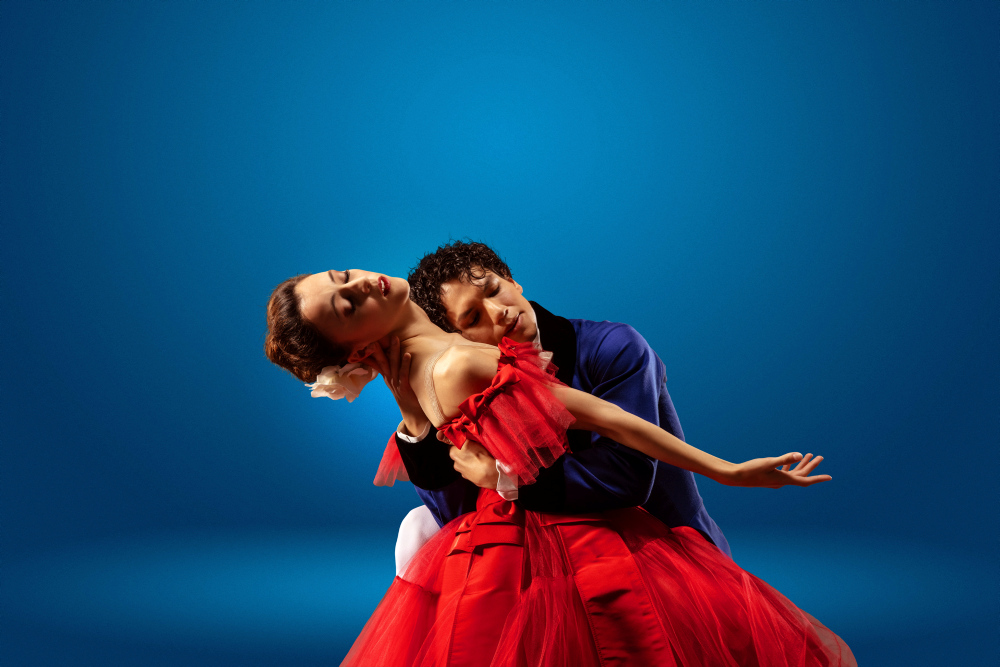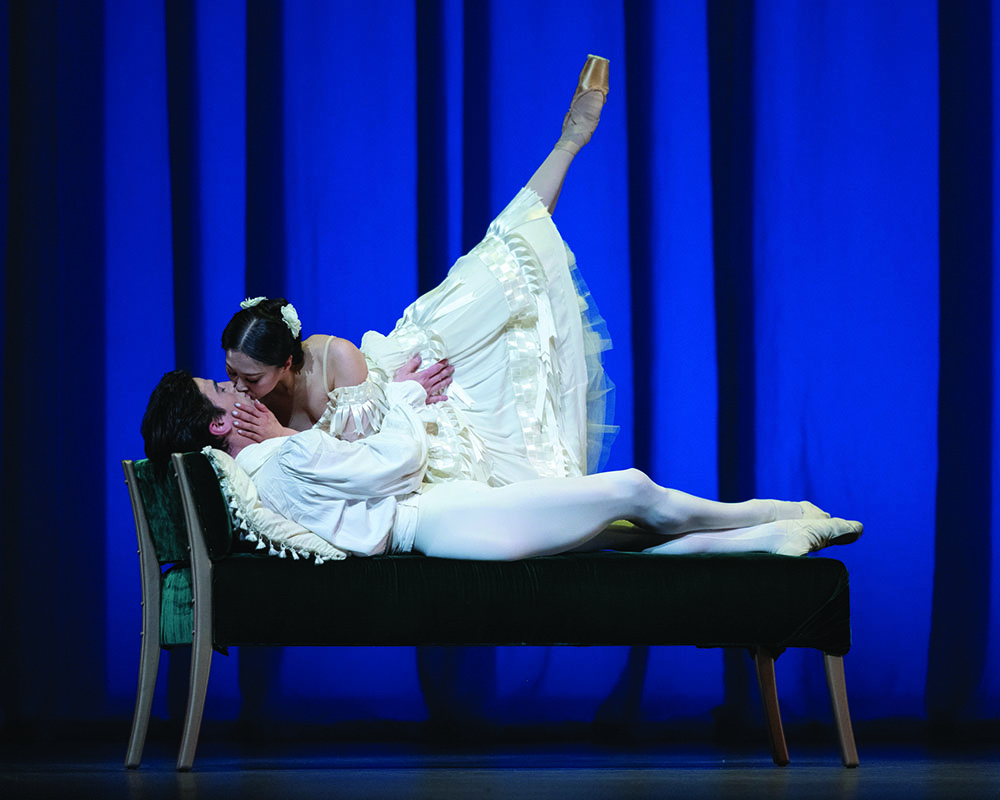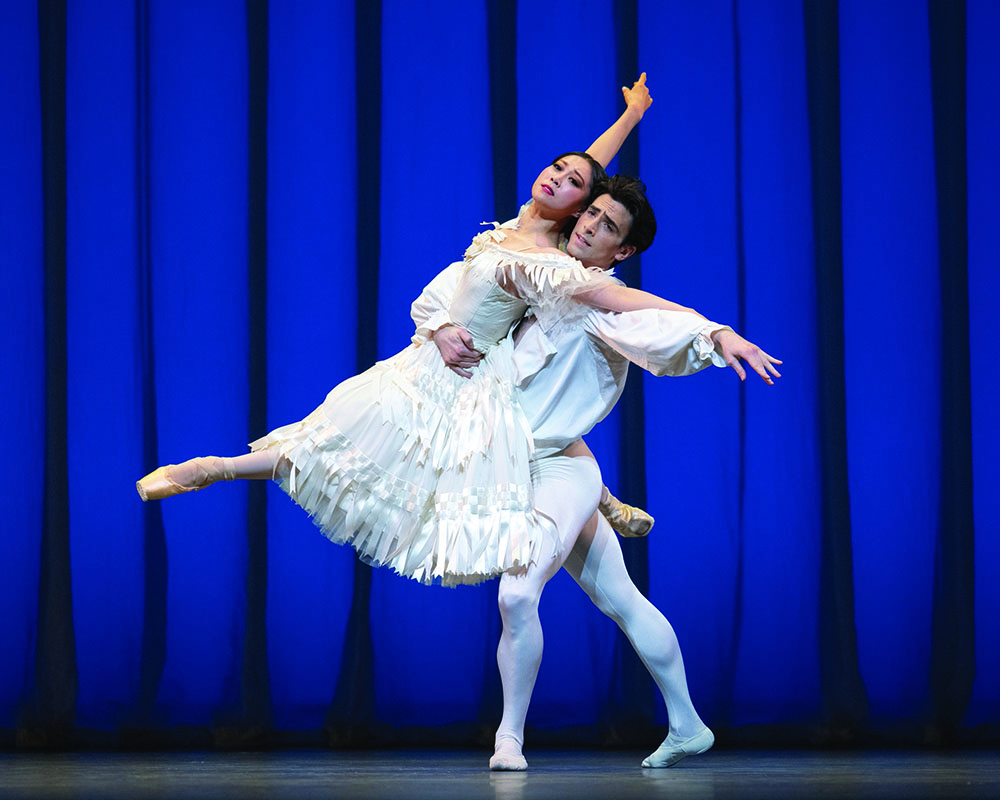
As part of Tamara Rojo’s inaugural season as Artistic Director at San Francisco Ballet, the Company stages British Icons – a tribute to two of the greatest names of British ballet, Sir Kenneth Macmillan and Sir Frederick Ashton. The works to be performed are Macmillan’s Song of the Earth and Ashton’s Marguerite and Armand.
Kenneth Macmillan – one of the most creative choreographers in the repertoire – choreographed Song of the Earth for John Cranko’s Stuttgart Ballet in 1965, shortly after he’d completed his magnificent interpretation of Romeo and Juliet. He selected Gustav Mahler’s symphonic work Das Lied von der Erde, written in 1908-1999, and first offered the proposal to The Royal Opera House, but this was rejected by the board in 1959 on the grounds that Mahler’s music was unsuitable for ballet. Macmillan then offered the proposal to the Stuttgart Ballet, a suggestion that was taken up by his old friend, John Cranko, who had directed the German company since 1961. The ballet premiered in Stuttgart in November 1965, and it wasn’t until May 1966 that the work was first performed by The Royal Ballet.
Mahler took the text of the songs from Chinese poems of the eighth century T’ang dynasty, which were freely translated into German – described as bitter-sweet reflections on human joys, concluding with a farewell to the world. In Macmillan’s own brief description of the ballet, it tells of “A man and a woman; death takes the man; they both return to her and at the end of the ballet, we find that in death there is the promise of renewal.” The choreography speaks for itself – the ballet is danced in simple tunics, tights and T shirts.
One of Frederick Ashton’s most passionate ballets, Marguerite and Armand was created in 1963 for Rudolf Nureyev and Margot Fonteyn, with original – and gorgeous – designs by Sir Cecil Beaton. Ashton – founding choreographer of The Royal Ballet – saw Vivien Leigh in a performance of Alexandre Dumas’ La Dame aux Camélias in 1961, and was inspired to transpose the play into a ballet in 1963. Ashton was so impressed with the magic created onstage by Fonteyn and Nureyev – not long after his arrival in London – that he included aspects of their shared charisma and passion into the intensely emotional choreography, which he set to an orchestral arrangement of Liszt’s La lugubre gondola and his B minor piano sonata.
The ballet – one of the most beautiful in the repertoire – tells of the tragic affair between the courtesan Marguerite Gautier and her lover, Armand Duval, the story which was also the inspiration for Giuseppe Verdi’s opera La traviata. The ballet takes the form of a series of flashbacks, divided into five scenes – a Prologue, The Meeting, In the Countryside, The Insult and The Death of La Dame aux Camélias. The lovers meet at a gathering, fall in love, and despite Marguerite’s suffering from consumption, move to a home in the countryside. Their happiness is threatened when Armand’s father asks Marguerite to remove herself from his son’s life, because of her past. This she does, with much sadness, and the final – and very emotional – scene shows her dying in her lover’s arms.
San Francisco Ballet, with the San Francisco Ballet Orchestra led by Music Director Martin West, stages seven performances of its British Icons program, from February 9 to February 15 at the War Memorial Opera House. Further information and details of ticket reservations can be found on the San Francisco Ballet website.
Information sourced from:
San Francisco Ballet program notes


